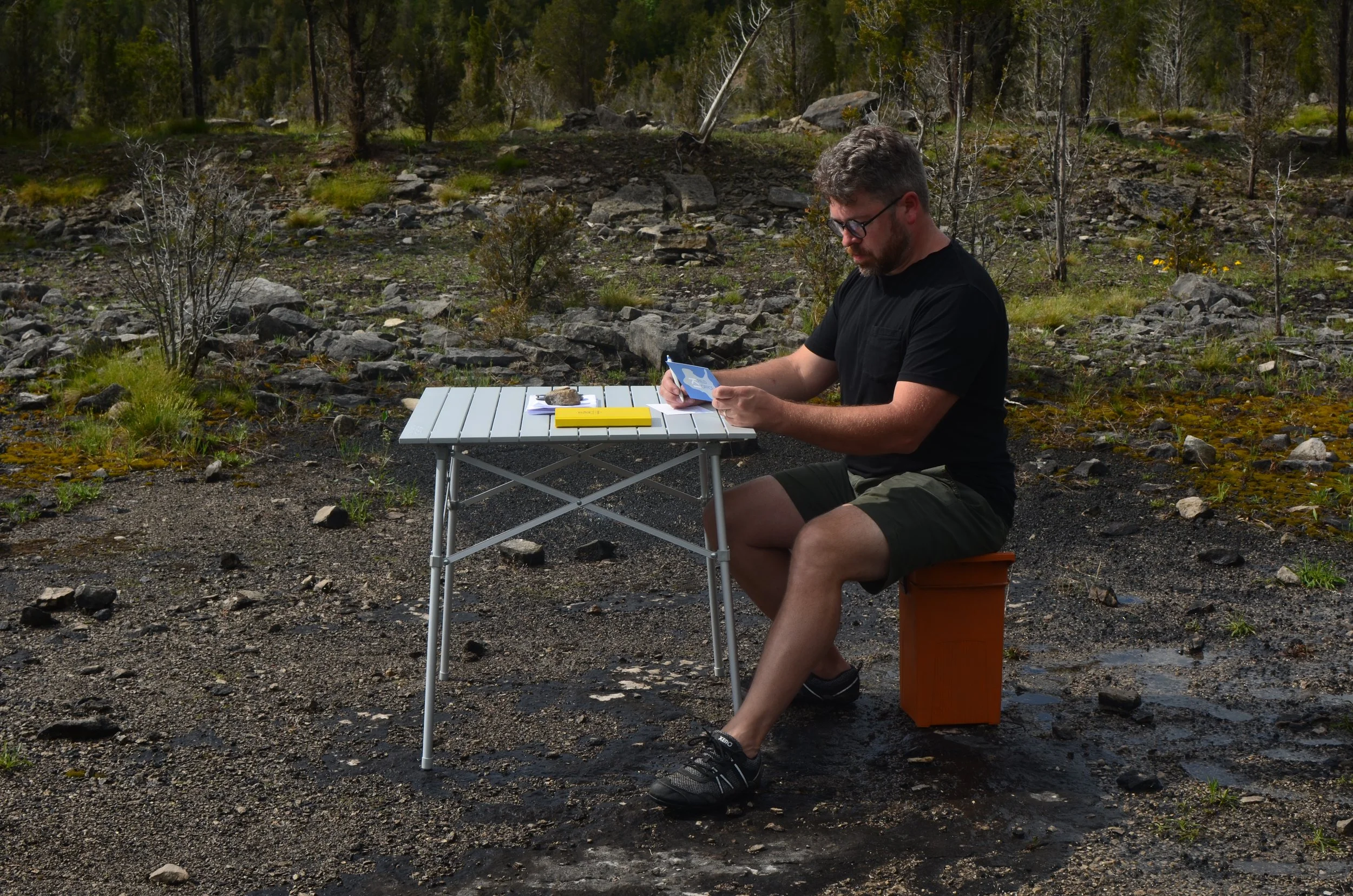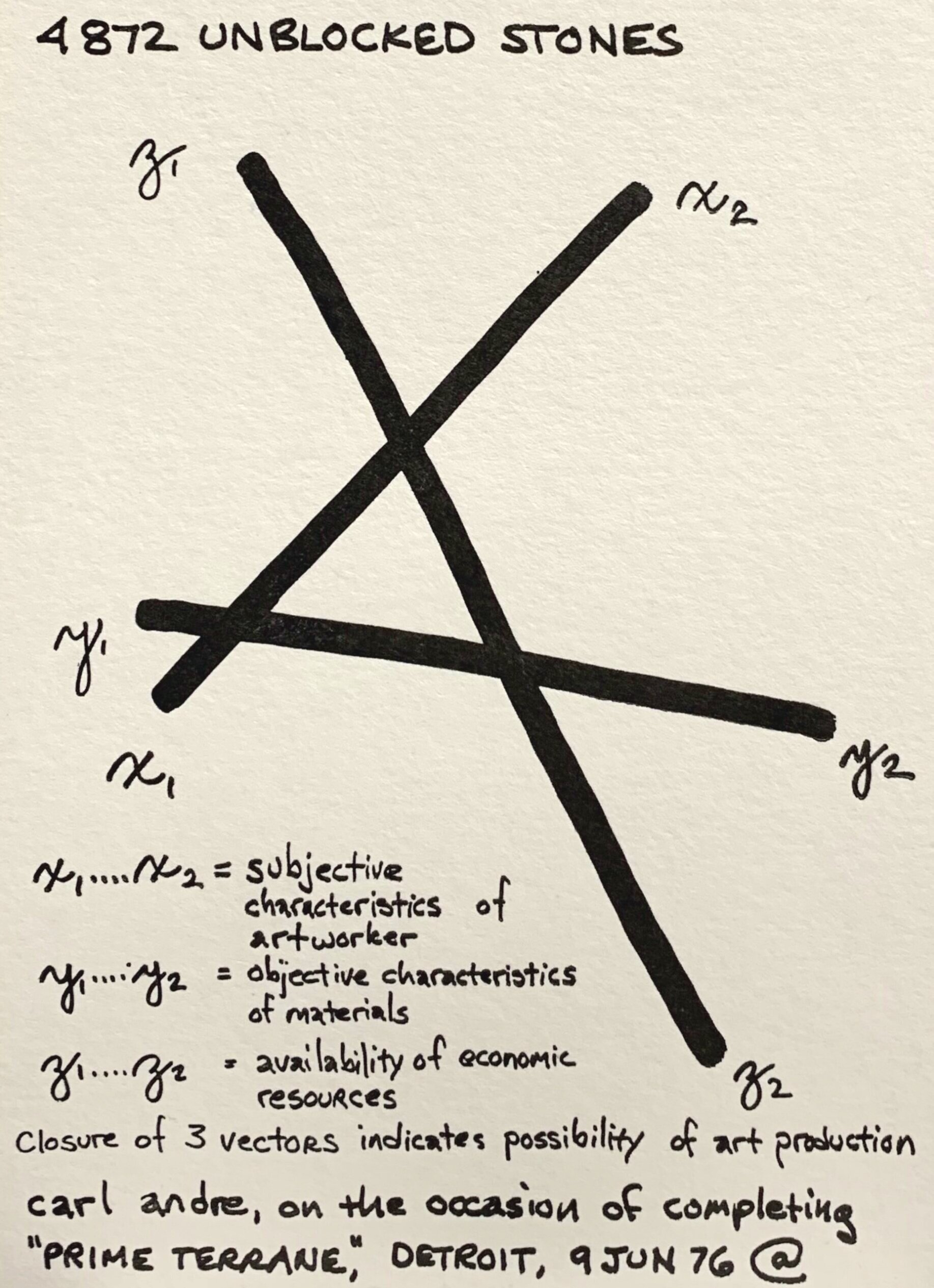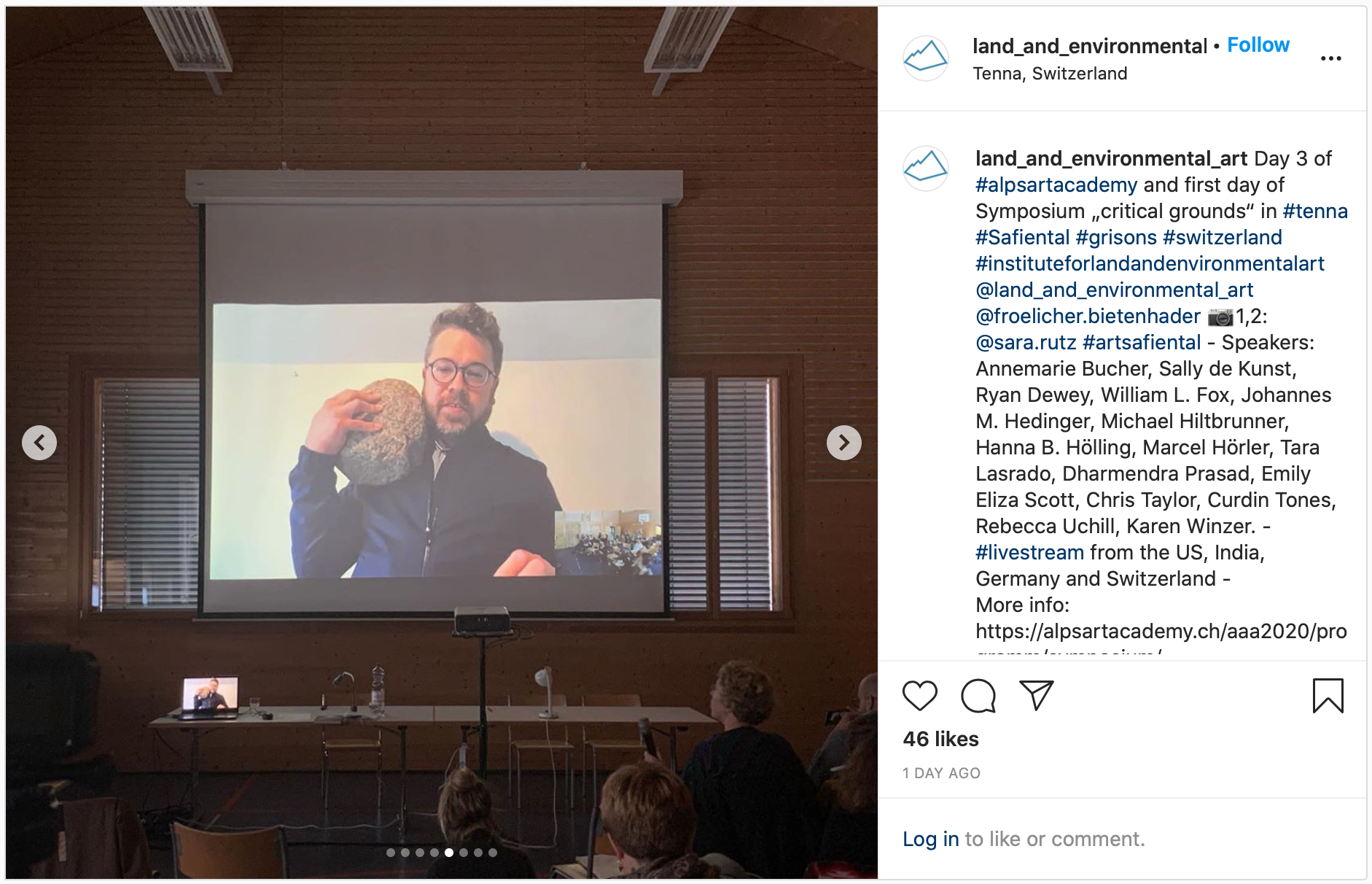LOGBOOK
UPDATE: LOGBOOK has migrated. Find it here.
Project documentation, notes from research trips, and more. Follow specific projects by selecting from the following categories:
18. EXPEDITION TRAINING & PHILATELIC COVERS
Recently I produced an edition of stamped covers in the tradition of polar postal history (specifically expedition covers and paquebots) to commemorate the expedition training activities I’ve been conducting in the Great Lakes on Kelleys Island. I want to talk today about the design process and mention some of the observations I made about the contemporary postal handling of philatelic mail. At some point, I’ll produce a more formal analysis, and I’ve already produced a 220-page document outlining the traces of postal handling on each cover, as well as a taxonomy of auxiliary markings and USPS processing mistakes, but today I’m just introducing these covers and mentioning briefly the types of damage they’ve received.
15. LEARNING FROM POSTCARDS
As I’ve embarked on planning an expedition to Baffin Island to see the Laurentide Ice Sheet, and I’ve begun my local research on how that ice sheet shaped Kelleys Island and the Great Lakes Region, I’ve drawn on a historic communication tool for expeditions in the past: hand-written mail. I’ve looked at letters, but I’ve also looked at postcards, QSL cards, and cachet envelopes. In this post I’ll write a little about how some of these have influenced my communication strategy, and why. (nb: later posts that relate to postal and philatelic interests will be categorized as “mail & stamps”)
10. TWISTS & TRANSFORMATIONS
Looking at this picture, my body remembers the weight of the air. I was working in Papua New Guinea on an ethnographic research project in 2000 or 2001, and after walking three days through the jungle, we came to this clearing. To this day even my lungs have a memory of the humidity…
9. BUT WHERE DOES IT COME FROM?
While this glacial erratic comes from the north, I had assumed that pinpointing the precise origin of the stone on a map would be impossible, but I’ve spent the past two months reading articles and corresponding with geologists, glaciologists, and geographers, trying to sort out the steps I need to take in order to get as close as possible to the parent stone in the Canadian Shield where my erratic broke off before moving south.
8. RECALCULATING & REIMAGINING
I started this project a year ago, and in the planning process I started reaching out to people in Northern Ontario to talk through feasibility of the project as originally planned. It became clear that the only way I was going to be able to make it north on foot on my planned route was to utilize stretches of the rail system since the route moves through marshlands and several river crossings that were too wide to wade. Unfortunately, walking the rails is a felony in Canada, and since I need the help of the Canadian government to make this trip happen, I can’t break their laws. So I started reimagining what this project could look like, and I learned some very startling facts about the Canadian North and what could be possible with this project.
7. A LESSON FROM CARL ANDRE
My wife bought me an exhibition postcard made by Carl Andre and gave it to me for Christmas last year. It was from a 1976 exhibition called Prime Terrane at the Portland Center for Visual Arts and included stones that Carl Andre had found and placed atop concrete blocks. I was happy to receive this postcard because there aren’t many out there. There is this one in the Wayne State archives, there is one referenced in the materials from Sculpture as Place, a Dia:Beacon exhibition, which is probably the same one that is referenced in this PDF from the Staatliche Museen zu Berlin’s catalog, listing it as being from the collection of the artist. Anyway, I have one, and this is a photo of my edition:
6. CREATIVE CAPITAL - ROUND 2
At the beginning of the pandemic I had applied to Creative Capital for partial funding of this project. This was my first time applying to Creative Capital and it was the first year that I met all of the eligibility criteria. I was thrilled to hear that my project had move to round two (of three). Considering that the applicant pool was at 4,000 and only 800 advanced to the second round, I felt pretty good about reaching this milestone. The jury process for Creative Capital is set up so that the first round cuts are made by two jurors working in the same themes and disciplines of your project. Applicants are asked to choose disciplines that reflect the project rather than disciplines that reflect their career work. My disciplines for this project were Ecological Art and…
5. TRANSCRIPT OF MY TALK AT THE INSTITUTE FOR LAND AND ENVIRONMENTAL ART IN SWITZERLAND
Last week I gave a talk about this project during the Critical Grounds: Art and Politics of Landscape symposium at the Institute for Land and Environmental Art in Switzerland. The talks were recorded for the Institute’s archives, but aren’t available publicly, however, I have the transcript of my talk and wanted to share the talk in a format better suited for a blog post…After the talk I took questions while holding the boulder on my shoulder…
4. REMEMBER FOR THIS STONE A COLDER PAST
When people experience a visceral moment of contemplation about the state of our warming planet, it compels them to experience a sort of memorable geologic empathy. I want to make something beautiful that draws people into consideration of how they relate personally to nature, to granite and to ice. I’m always experimenting with helping people get physical with these materials. In 2018 I produced my ritual work Remember For This Stone A Colder Past. A chest of ice sat beside the granite glacial erratic and participants were invited to immerse their hands in ice and then touch this glacial stone to remind it of real cold.
3. INFLUENCES
My work compares human activity with geologic activity to see how our actions compete with and scale to natural processes. I do this to build landscape knowledge while having conversations about direct human action and climate change. When I think back at the art I’ve loved over the years, it’s no surprise to me that I’m moving a stone on foot northward 1,000 miles (1600km) to the mouth of the Arctic Ocean. For this specific project I’m influenced by specific projects of several artists:
2. RESETTING THE GLACIAL FIELD
I’m in a long game with ice ages, past and future. The glacier that moved this granite boulder melted approximately 20,000 years ago. That glacier made the last move on this stone. Now it is my turn. By carrying it north and throwing it into the confines of the Hudson Bay, the next time an ice age returns (~100,000 years from now), that stone will be back where it started, ready to move again. I’m just cuing it up. resetting the glacial field. I’ll document the walk to present it for audiences, but really I’m in an extended conversation with some geologic friends separated by deep time.
1. START HERE
This Stone Wants To Go Home started when I found a 38-pound (17 kg) granite glacial erratic in the middle of a limestone quarry in Ohio. There is no surface granite in Ohio. During the last ice age, the Laurentide Ice Sheet moved this stone to Ohio from Canada and left it behind when the ice melted. Thousands of years have passed, and now this stone wants to go home. If all goes as planned, I’ll walk this stone 1,000 miles (1609 km) north from Ohio into Canada to repatriate this boulder and throw it into the Hudson Bay where it will sit in wait for the next ice age (estimated now to take place in ~100,000 years thanks to climate change). Part of my practice is to empathize with geologic forces, to understand them by replicating their actions at human scale…











